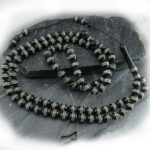
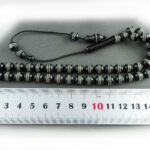
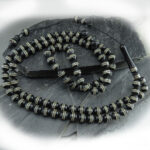
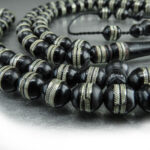
Beautiful 101 special Beads Kokka (kashkool) Wood Tasbih, kook Misbaha
€50.0 Original price was: €50.0.€37.0Current price is: €37.0.
- Tasbih Kok Kashkul 101 beads
- The type of seeds is Kok (Kashkul) (original)
- It guarantees the authenticity of the seeds 100%.
- Suitable for both men and women
- Weight is approximately 15 grams
The wood of the coco de mer or kook is found in some regions, such as Egypt.
The coco de mer is a fruit of a tree that grows in the Seychelles islands. These islands are located in the Indian Ocean, between India and Africa, and the fruit of this tree is the main export of these islands. The main center of this tree is an island of these islands called Praslin, which is one of the southern islands.
These trees were owned by the sultan of the islands and his associates in ancient times, and if anyone used them without permission, they would cut off his hands and even kill him.
This tree is male and female, sometimes reaching 30 meters. Each female tree produces only a few of these fruits in a year, and this fruit is the largest and heaviest seed in the world and the slowest growing of them. Inside this fruit, when it is immature, there is a gelatinous and sweet substance used to make dessert. When ripe, the kernel of this fruit has a lot of medicinal use in ancient medicine. It is used as an antidote and a remedy for paralysis and epilepsy, as well as for treating various nervous and intestinal disorders.
At present, nearly 3,000 of these fruits are produced each year, some of which are opened while they are green and immature, and the jelly inside them is used to make an expensive or royal dessert and offered to tourists. But from the skin of the ripe fruit, they usually make fruit bowls, water containers, plates, cups, and decorative items, known as Praslin porcelain. The fishermen of these islands use the skin of this fruit as a special container for emptying the water from their boats.
The fruit of the coco de mer was brought to Europe by the first European explorers of the Indian Ocean, and the kings and princes of Europe had a great desire to obtain this fruit.
As for how the Kook Tasbih Misbaha came to Iran, it can be guessed that this fruit was brought from Seychelles to India, and the ascetics and poor of India, who used it instead of water and food containers, introduced it to the Iranians, and anyway it came from India to Iran.
Along with the arrival of the kook to Iran, the legendary and magical stories of the Indians about the kook and its healing aspect also reached the ears of the Iranians by word of mouth. In any case, the kook was of special interest to the Sufis in Iran and they used it.
The type of kook and its uses are also various.




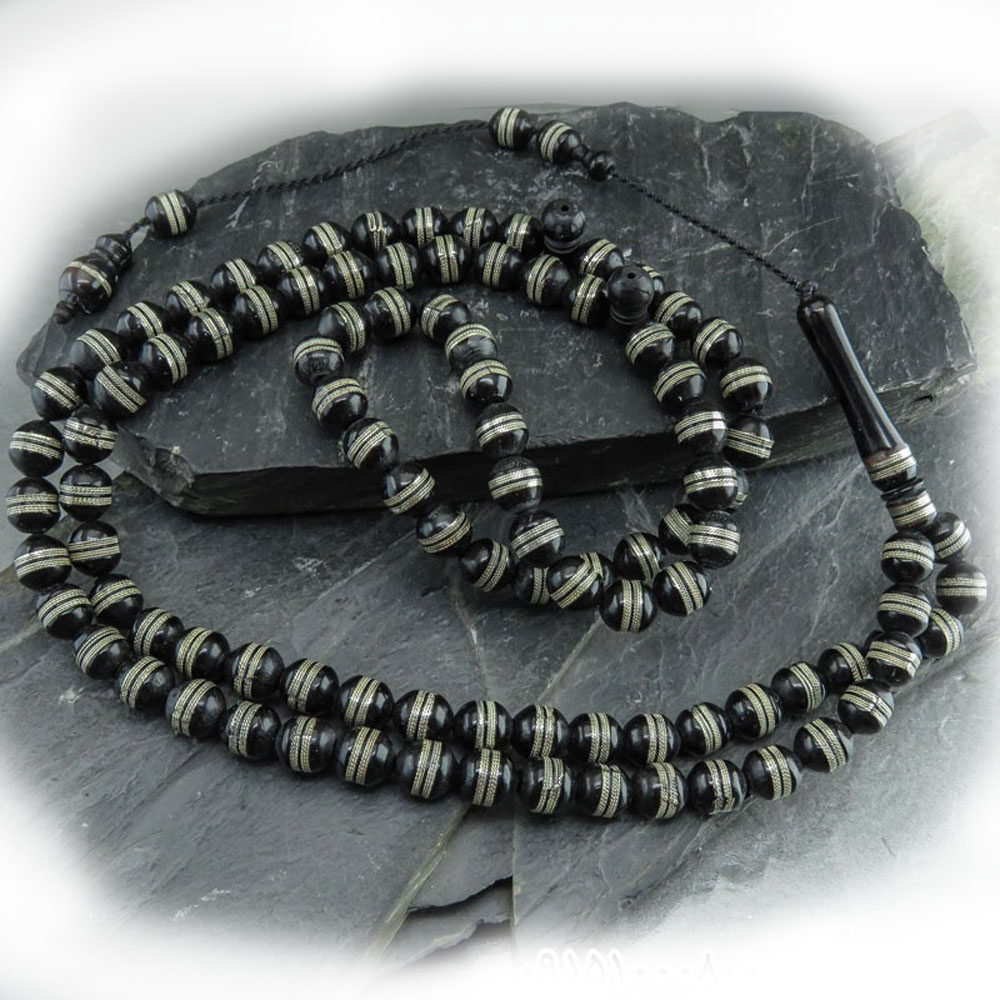
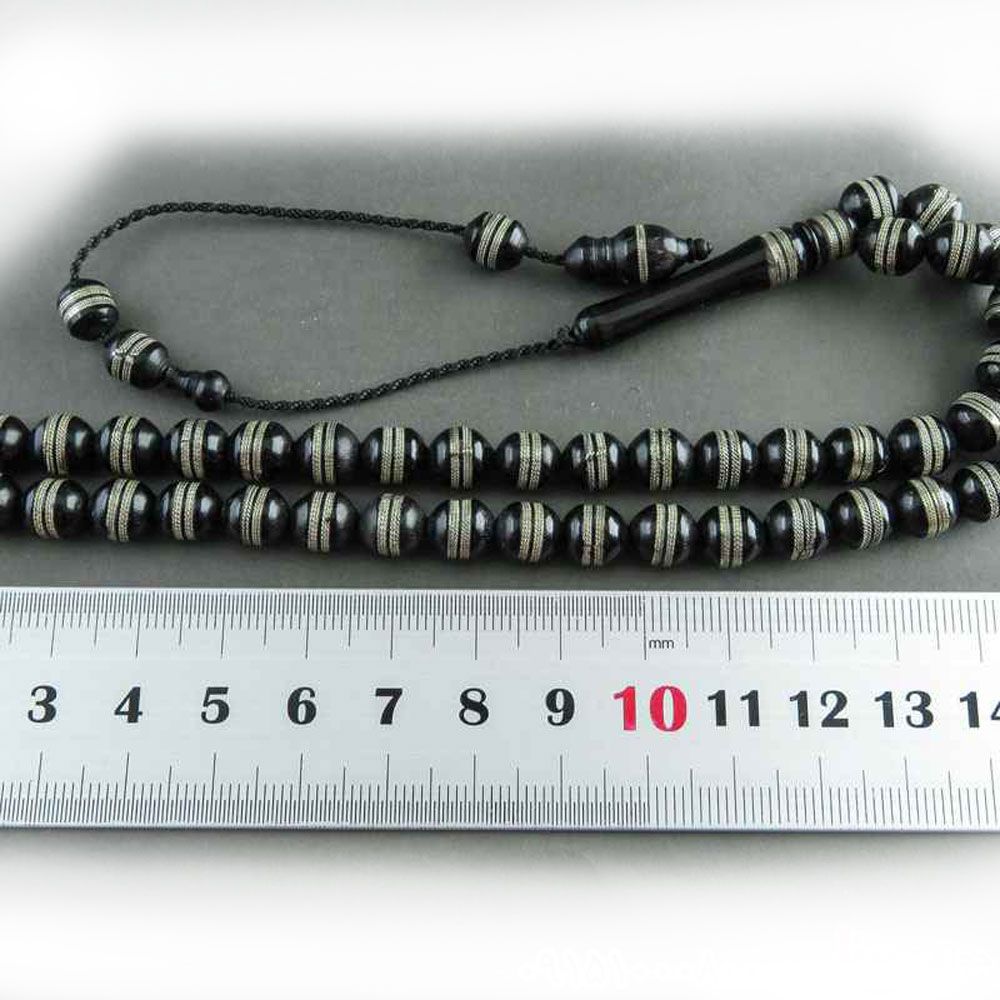
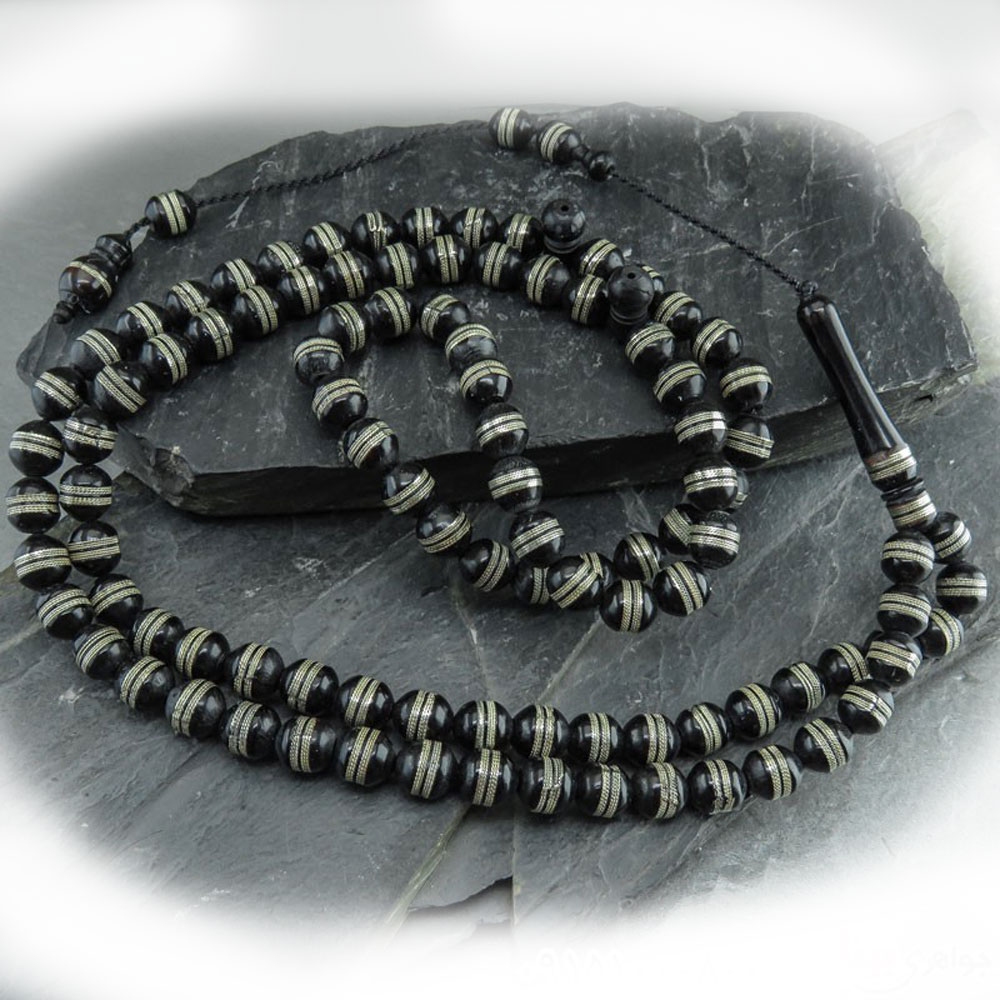
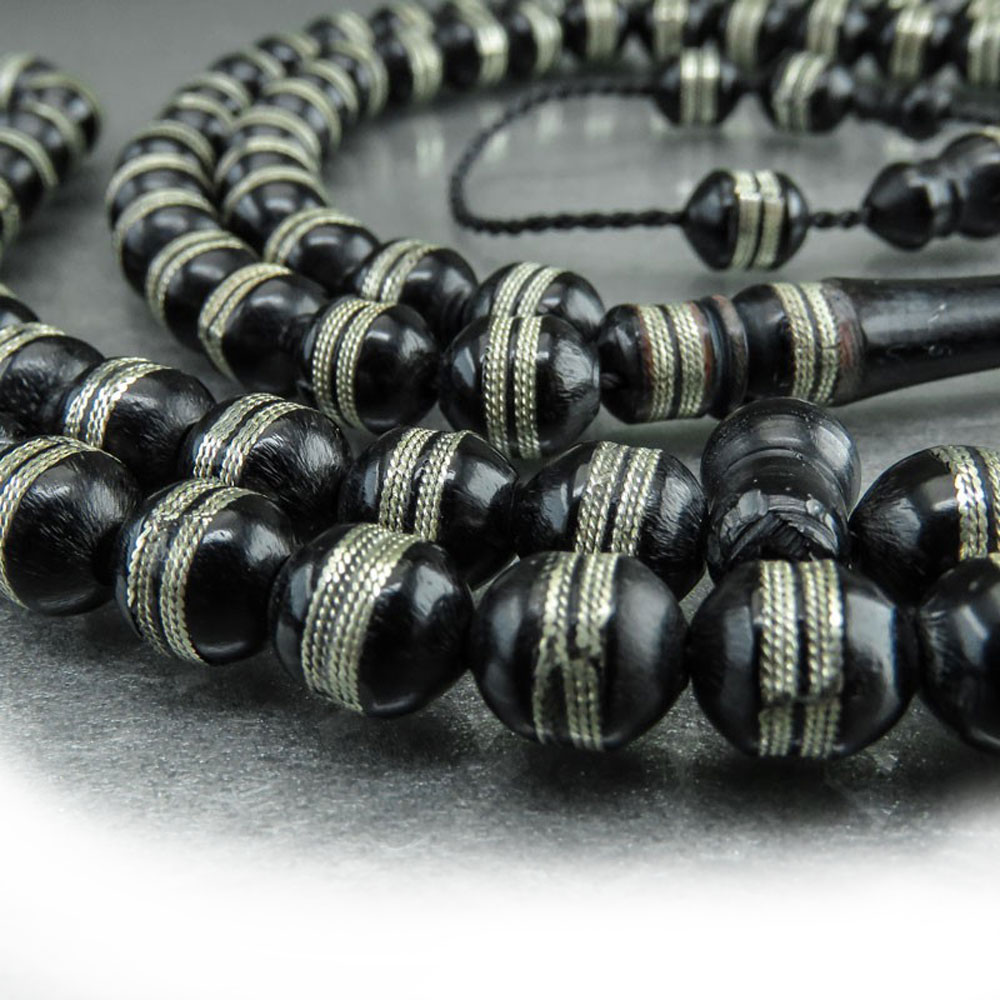








Reviews
There are no reviews yet.